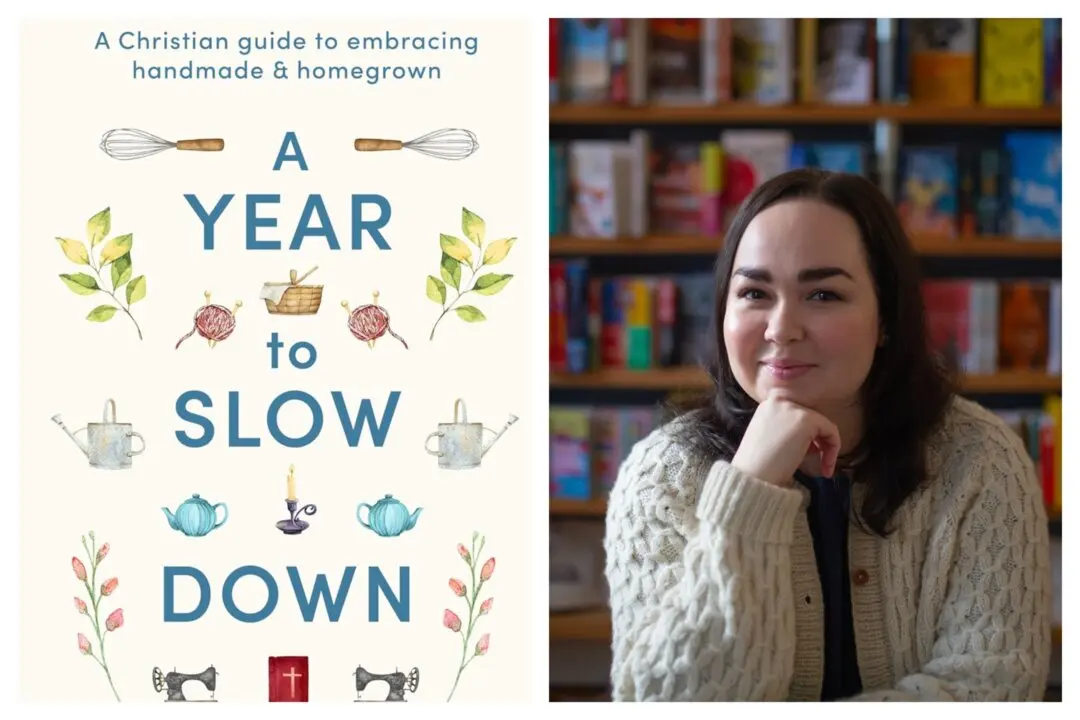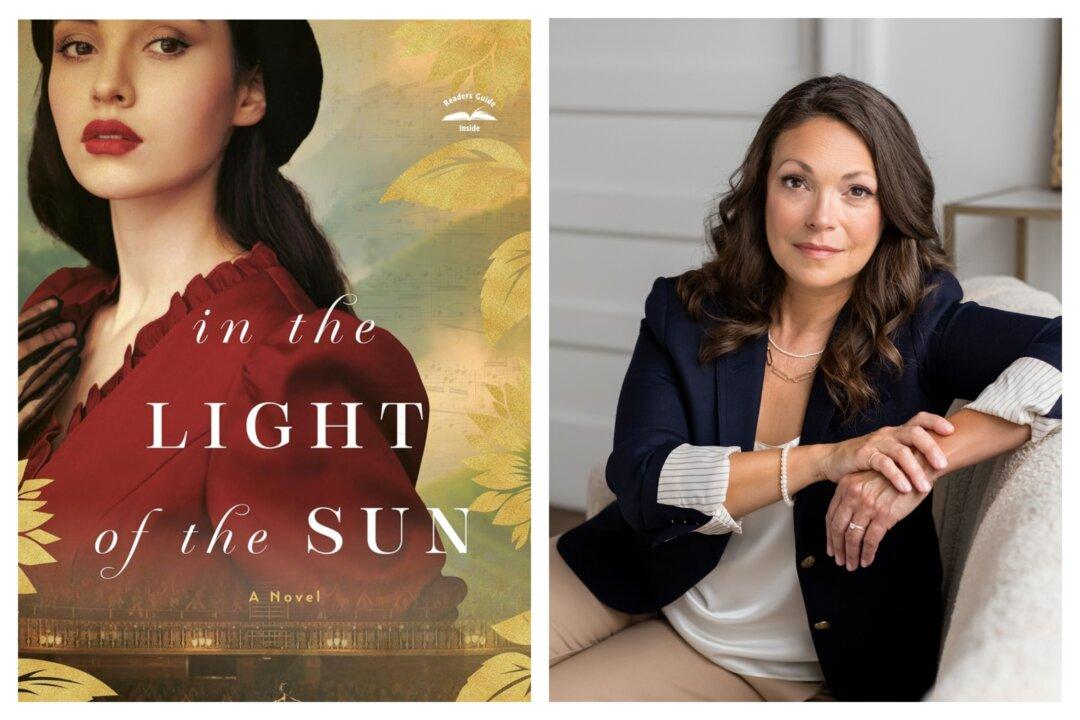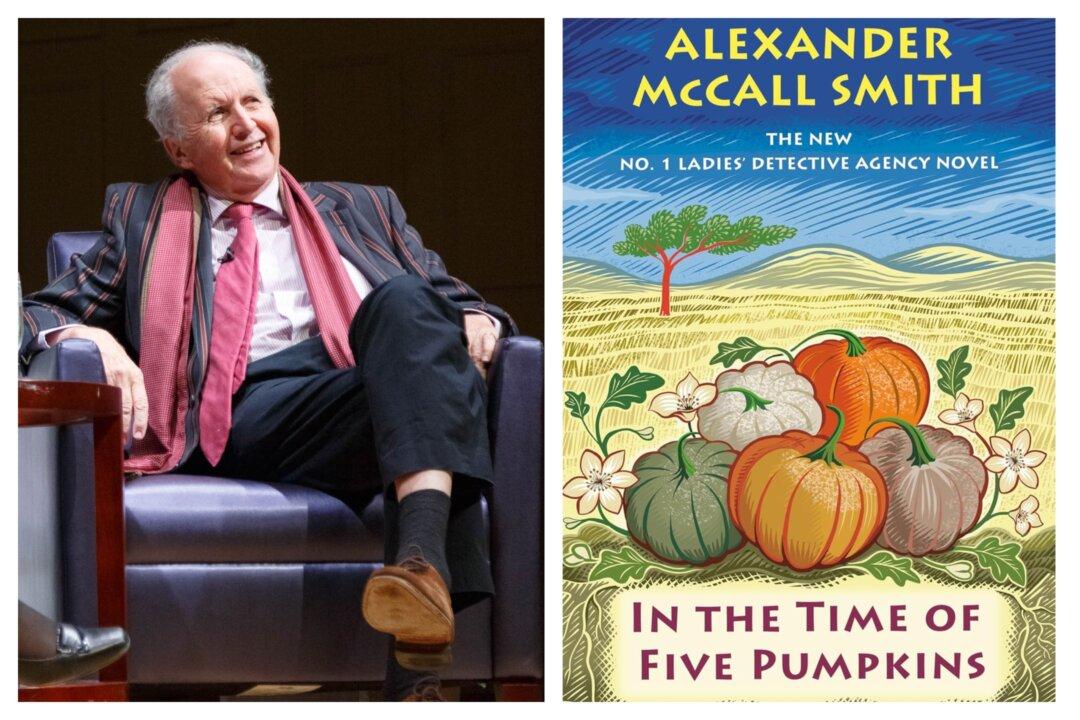Historical fiction can be considered “history lite”—a nice in-between for those who love history and enjoy a well-told story.
Historical fiction is one of the top-selling genres on Amazon Kindle. With more than 250,000 titles listed so far and more coming, it may be hard to weed out what’s not worth reading. But if you are a book lover, a World War II enthusiast (specifically on the Battle of Britain), or someone who loves stories about people coming together to overcome adversity, “The Booklover’s Library” may be the book for you.





